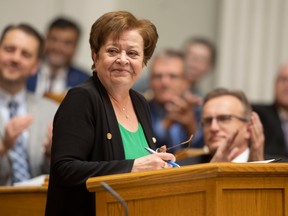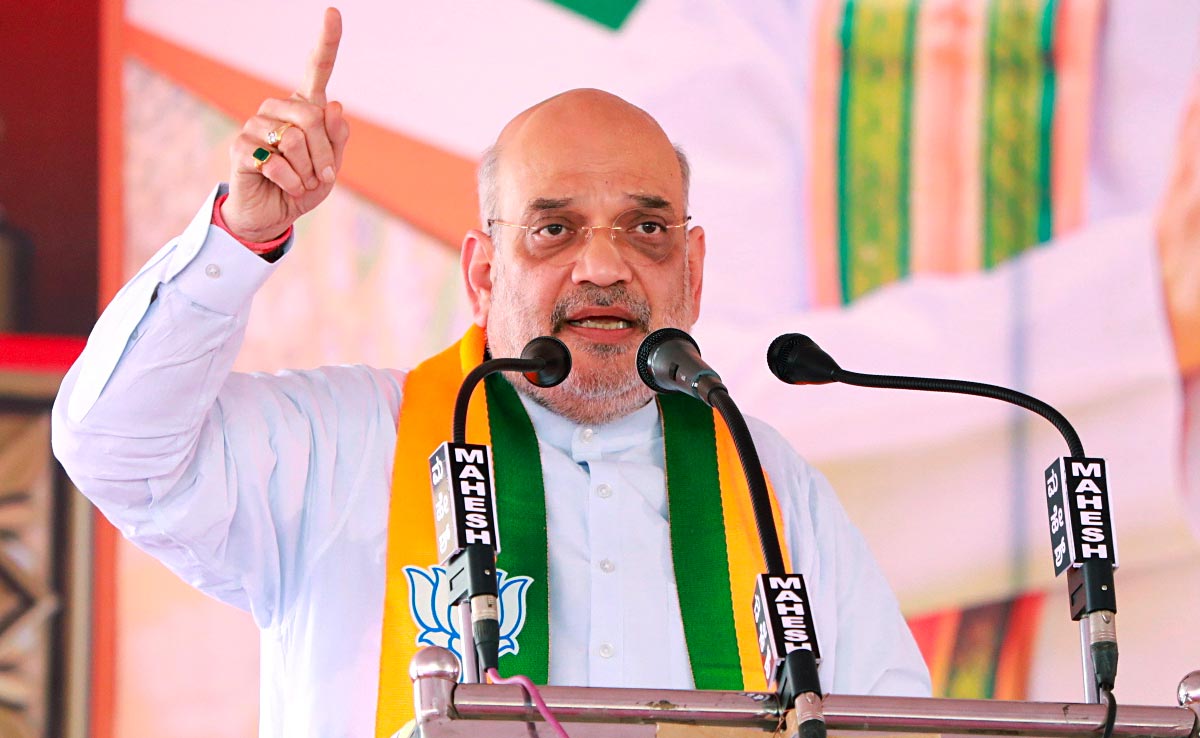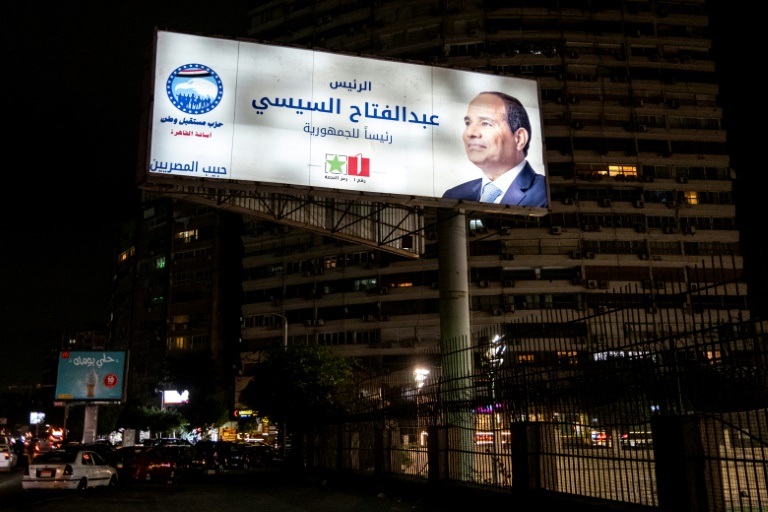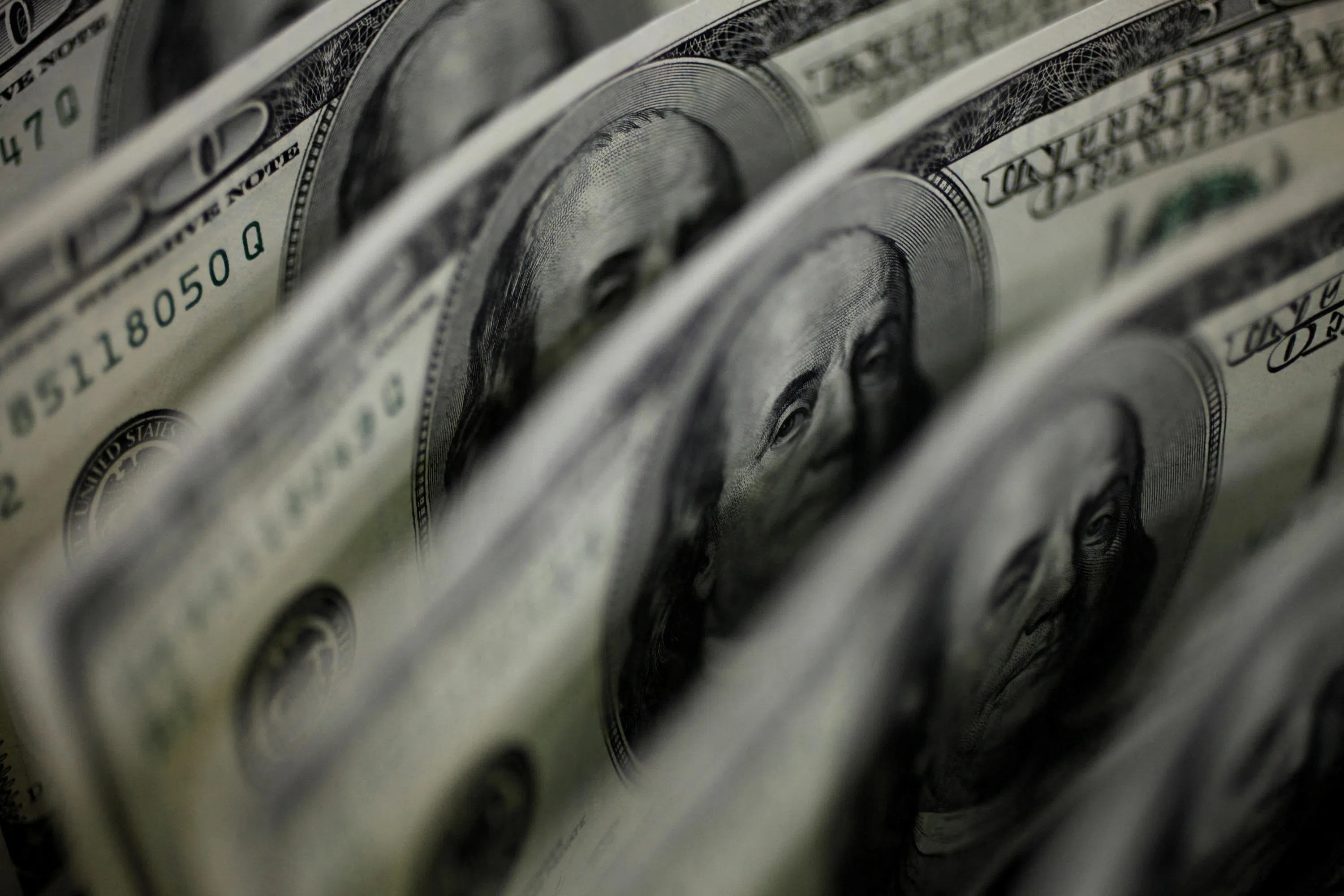Finance Minister Donna Harpauer justified another deficit, arguing the time to invest is now as the government projects provincial growth to 1.25 million people
Article content
This was not the kind of budget outgoing Finance Minister Donna Harpauer wanted to present.
“I would have loved to have ended with a last budget that was balanced and able to do a tax reduction,” Harpauer said Wednesday morning as she presented her seventh and final budget. “However, it is the budget that I am comfortable with.”
Article content
Advertisement 2
Article content
With gates and fencing set up in front of the legislature, striking teachers walked a picket line while MLAs trickled in. Announcing intentions to up education spending weeks early did nothing to pacify teachers who are still seeking a contract amid historic job action.
Addressing the elephant in the room, Premier Scott Moe said it was “unfortunate” to see the picketing teachers, but what’s more troubling: “We are now seeing the union targeting extracurricular activities of our children, targeting their classroom opportunities.”

While teachers call for more, Harpauer emphasized many of the “largest ever” increases across “classrooms, care and communities” with projected spending up 7.9 per cent over the last budget. Harpauer justified another deficit, arguing the time to invest is now as the government projects provincial growth to 1.25 million people.
“We need to invest in services for people,” she said. “Does that mean we can spend foolishly? The answer’s absolutely no.”
Article content
Advertisement 3
Article content
“You can only forego a certain amount of revenue and still be able to support health care, education and other services. So it is a balance,” said Harpauer.
NDP Leader Carla Beck took aim at this being an election-year budget, and questioned what it will look like this time next year.
“We’ve seen this movie before,” she said. “Big promises one year, followed by tax hikes and cuts to service the next year.”

Affordability was also front of mind for the Opposition leader, who said “as families across this province are struggling with higher costs, we see no gas tax relief. We see no new programs to make life more affordable.”
“We did address the most vulnerable,” Harpauer noted in reference to the three-per-cent increases to two government assistance programs included in the budget.
With 70 per cent of the budget attributed to social services, education and health care, NDP finance critic Trent Wotherspoon said it’s little consolation considering the government “broke our schools … broke our hospitals and they simply can’t be trusted to be the ones who will fix them.”
Gross debt is set to increase to $34.8 billion, up a projected $3 billion by the end of 2025.
Advertisement 4
Article content
“We’re putting cash and using debt to continue to build schools,” Moe explained.
The budget includes money for nine new schools, two school renovations, a redevelopment project at the Prince Albert Victoria Hospital, replacement of the Weyburn General Hospital and a new long-term care centre in La Ronge.
While he agrees with the finance minister’s “comfort level” for this budget, Moe said he would have liked to have a balanced budget this year. But if that was done, the government would not have been able to increase spending in every expense area other than economic development, he added.
“It’s not perfect but when you stack it up alongside many other provinces across this nation and around the world, we’re pretty fortunate,” said Moe.
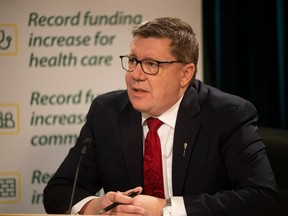
Wotherspoon called the budget “sad,” highlighting the lack of PST relief, and noting that an average family is paying $1,500 more this year as a result.
On the matter of debt, Wotherspoon said there are still a number of missing pieces despite record spending.
“We need to be talking about how we can spend better, not just more,” said Wotherspoon.
Advertisement 5
Article content
Last year, Harpauer’s budget was titled “Growth that Works for Everyone,” which saw a projected billion-dollar surplus invert to a quarter of a billion deficit at mid-year.
Now, a deficit of $482.5 million is projected for 2023-24, according to estimates which include $757 million worth of special warrants authorized in February — a $1.5-billion miss at the end of 2023-24’s third quarter from the projected surplus.
A lions share of that decrease comes from lower than anticipated potash revenue. All told, non-renewable revenue is projected to be down in 2024-25 by 19.7 per cent or $658.3 million from last year.
At the same time, there are no new taxes and no increases to existing taxes, Harpauer highlighted in her budget introduction.
Recommended from Editorial
The non-renewable resource sector accounts for 13.5 per cent, or $2.7 billion, of total revenue in 2024-25, with federal transfers accounting for $3.8 billion, or 19 per cent, of revenues. Taxes are broken out into several categories but respectively income tax accounts for 16.6 per cent, provincial sales tax 16.1, “other taxes” 10.2 per cent, and corporate tax 6.1 per cent for a total of $9.7 billion in revenue.
Advertisement 6
Article content
Potash prices cratered alongside developments in the Russia-Ukraine war, with markets importing Russian and Belarusian potash. Currently, potash revenues for 2024-25 are “budgeted at $796.4 million, a decrease of $580.1 million” from the past year, representing a 42.1-per-cent-decrease. Specifically, China and India returned to buying from Russia and Belarus.
Russia re-entering the realm of oil production and increased production from the United States also struck a blow to the per-barrel average cost of WTI, which dropped from an “average of US$94.3 per barrel in 2022 to an average of US$77.6 per barrel in 2023.” Last year the province anticipated an average WTI price of $79.50.
This year it anticipates WTI will trade at an average of $77 per barrel.

While the government is projecting another deficit for the coming fiscal year, it was bullish on what the coming years will offer, “due to increasing revenues as a result of a growing population, labour force and economy.”
There are areas of economic uncertainty targeted in the budget. Persistent drought conditions, a potentially undersupplied labour force as a result of baby boomers retiring, weak global growth and a worsening geopolitical reality are all pinpointed as potential pitfalls for growth.
Modest surpluses are expected in the subsequent three budgets, according to the short-term outlook. But, looking at the economic outlook from last year at this time, Saskatchewan was meant to see a $208-million surplus.
Article content

